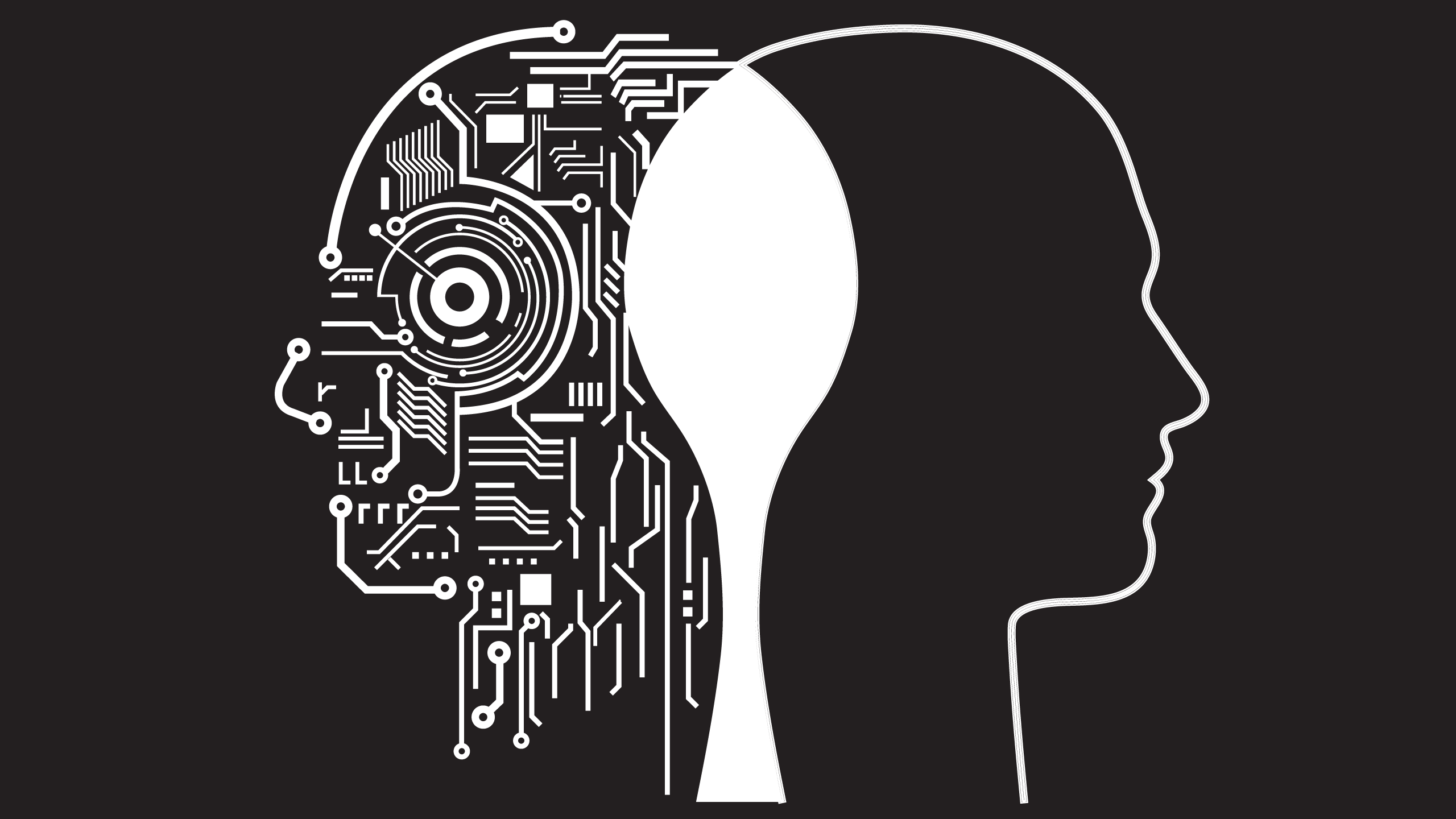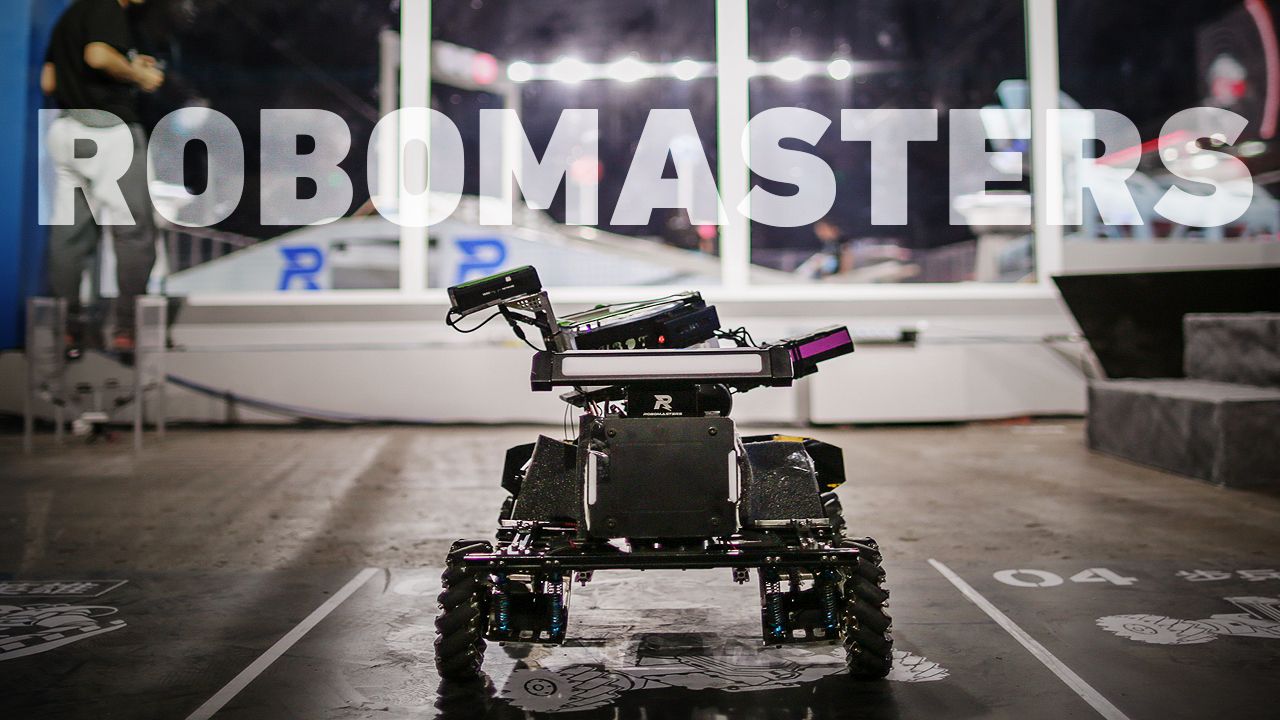A Silicon Valley start-up wants to use technology to solve the pizza paradox. It’s a food that’s meant to be delivered, but never tastes quite as good upon arrival.



Industry leaders in the world of artificial intelligence just announced the Partnership on AI. This exciting new partnership was “established to study and formulate best practices on AI technologies, to advance the public’s understanding of AI, and to serve as an open platform for discussion and engagement about AI and its influences on people and society.”
The partnership is currently co-chaired by Mustafa Suleyman with DeepMind and Eric Horvitz with Microsoft. Other leaders of the partnership include: FLI’s Science Advisory Board Member Francesca Rossi, who is also a research scientist at IBM; Ralf Herbrich with Amazon; Greg Corrado with Google; and Yann LeCun with Facebook.
Though the initial group members were announced yesterday, the collaboration anticipates increased participation, announcing in their press release that “academics, non-profits, and specialists in policy and ethics will be invited to join the Board of the organization.”

Translating from one language to another is hard, and creating a system that does it automatically is a major challenge, partly because there are just so many words, phrases and rules to deal with. Fortunately, neural networks eat big, complicated data sets for breakfast. Google has been working on a machine learning translation technique for years, and today is its official debut.
The Google Neural Machine Translation system, deployed today for Chinese-English queries, is a step up in complexity from existing methods. Here’s how things have evolved (in a nutshell).

The world’s largest technology companies hold the keys to some of the largest databases on our planet. Much like goods and coins before it, data is becoming an important currency for the modern world. The data’s value is rooted in its applications to artificial intelligence. Whichever company owns the data, effectively owns AI. Right now that means companies like Facebook, Amazon, Alphabet, IBM and Microsoft have a ton of power.
In an act of self-governance, these five companies came together today to announce the launch the new Partnership on AI. The group is tasked with conducting research and promoting best practices. Practically, this means that the group of tech companies will come together frequently to discuss advancements in artificial intelligence. The group also opens up a formal structure for communication across company lines. It’s important to remember that on a day-to-day basis, these teams are in constant competition with each other to develop the best products and services powered by machine intelligence.
Financial support will be coming from the initial tech companies that are members of the group, but in the future, membership and involvement is expected to increase. User activists, nonprofits, ethicists and other stakeholders will be joining the discussion in the coming weeks.

The lights dimmed inside the Shenzhen Bay Sports Stadium as the countdown to the match began. “Wu, si, san, er, yi!” A chime sounded and two teams of robots sprang into action across an intricately constructed battlefield. In the stands, thousands of fans cheered, and groups of small children beat red and blue balloons together, producing a percussive roar.
Each team had four rovers, nimble infantry units that quickly spread over the terrain. The rovers were shaped like small cars, but could also slide side to side, strafing like water bugs over the surface of a lake. They fired small plastic marbles from cannons mounted on top of their frames. Lumbering alongside the nimble rovers was each team’s hero, a larger tank-like robot that could fire the small plastic marbles as well as more powerful golf balls.
The heavy favorite in this matchup of RoboMasters, an annual competition held each summer, was team 1.5S, returning champions hailing from China’s University of Electronic Science and Technology in the Sichuan province. They were taking on StarPro, from the Huazhong University of Science and Technology in Wuhan.
In Brief.
Google is using AI-infused balloons to give the whole world internet access ![]() 🎈.
🎈.
This video realized by the AI Lab of SoftBank Robotics shows how Pepper robot learns to play the ball-in-a-cup game (“bilboquet” in French). The movement is first demonstrated to the robot by guiding its arm.
From there, Pepper has to improve its performance through trial-and-error learning. Even though the initial demonstration does not land the ball in the cup, Pepper can still learn to play the game successfully.
The movement is represented as a so-called dynamic movement primitive and optimized using an evolutionary algorithm. Our implementation uses the freely available software library dmpbbo: https://github.com/stulp/dmpbbo.
After 100 trials, Pepper has successfully optimized its behavior and is able to repeatedly land the ball in the cup.
Komatsu’s latest autonomous truck fully embraces the notion of unmanned operation by ditching the cabin and adopting a design that optimizes load distribution and doesn’t distinguish between forwards and backwards.
Komatsu began trials of its Autonomous Haulage Systems (AHS) in a partnership with mining company Rio Tinto in 2008, and since then the technology has hauled hundreds of millions of tonnes of material in Chile and Australia’s Pilbara region.
The autonomous haul trucks like the 930E model used by Rio Tinto incorporate controls, wireless networking and obstacle detection to enable unmanned operation, but they still look like conventional mining trucks complete with driver cabins.

In a perspective article published Sept. 26 online in the Proceedings of the National Academy of Sciences, a team of scientists at UT Dallas’ Alan G. MacDiarmid NanoTech Institute describes the path to developing a new class of artificial muscles made from highly twisted fibers of various materials, ranging from exotic carbon nanotubes to ordinary nylon thread and polymer fishing line.
Because the artificial muscles can be made in different sizes and configurations, potential applications range from robotics and prosthetics to consumer products such as smart textiles that change porosity and shape in response to temperature.
“We call these actuating fibers ‘artificial muscles’ because they mimic the fiber-like form-factor of natural muscles,” said Dr. Carter Haines, associate research professor in the NanoTech Institute and co-lead author of the PNAS article, with research associate Dr. Na Li. “While the name evokes the idea of humanoid robots, we are very excited about their potential use for other practical applications, such as in next-generation intelligent textiles.” Science Based on Ancient Art.